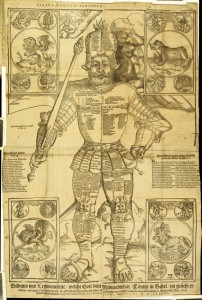Ananda Rutherford organised a workshop for the Documenting Homes project at the Geffrye Museum, which is researching visualisation models for presenting the archive and other collections information across digital platforms. The workshop is a chance to explore the role of visualisations in organising, interrogating and interpreting collections in context and to develop critical and planning skills for designing visualisations. It will include guided exercises for turning data in a spreadsheet into simple visualisations and an optional hour for trying out visualisation tools with your own data.
Contact me for the workshop slides and datasets. The exercises are below.
Continue reading "Workshop: Visualising Collections, Geffrye Museum"
